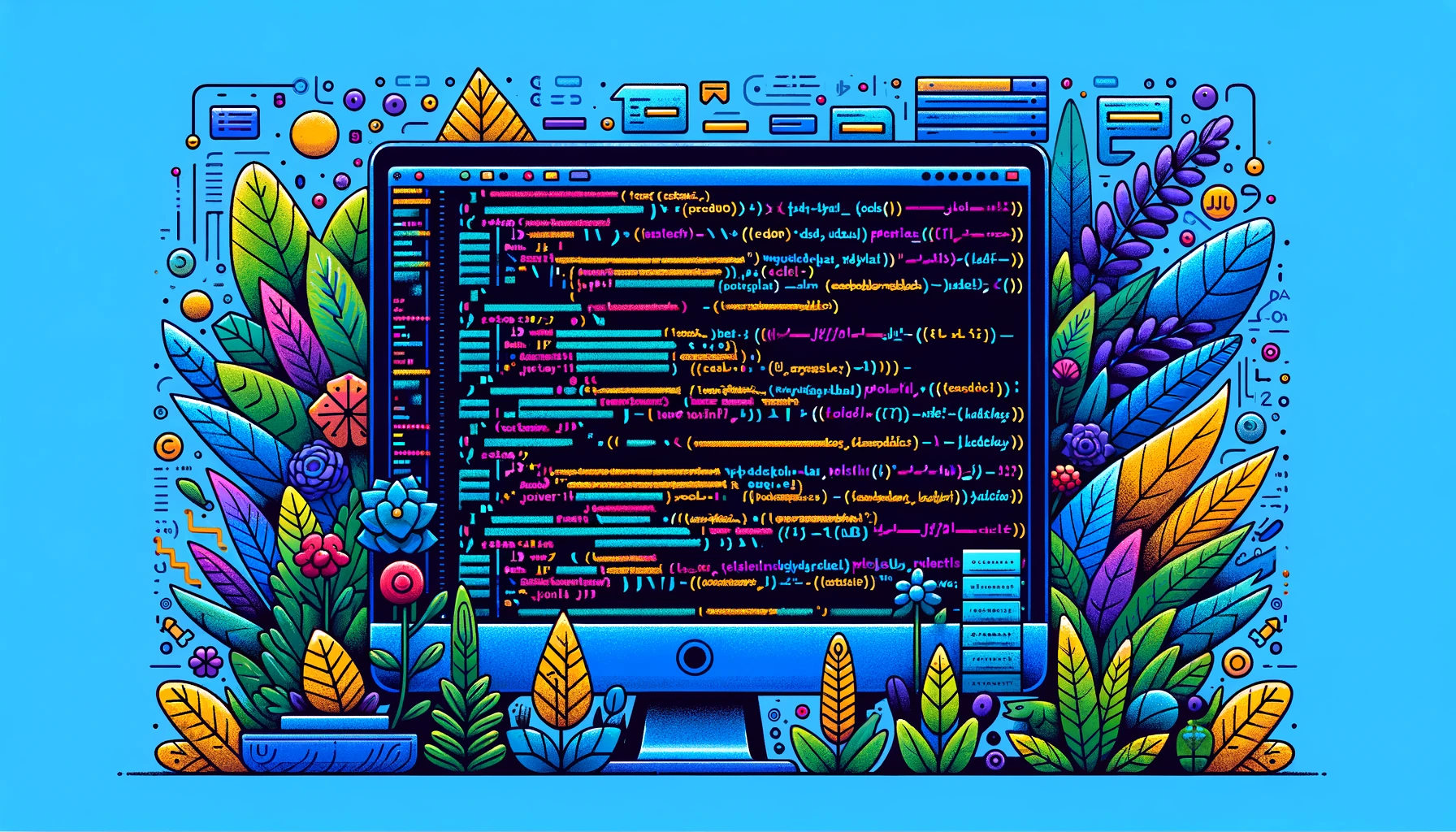Your cart is currently empty!
A programming language is a formal language used to write computer programs.
It consists of a set of rules and symbols that programmers use to express computations in a way that a computer can execute.
Programming languages are used to develop software, from operating systems and web applications to games and mobile apps.
Types of Programming Languages
There are many different options, each with its syntax and features. They can be classified into several categories:
- High-level: These languages are designed to be easy for humans to read and write. Examples include Python, Java, and Ruby.
- Low-level: These languages are closer to the machine code that computers understand, making them more difficult to read and write but also more efficient. Examples include Assembly and C.
- Scripting languages: These languages are used for automating tasks and are typically interpreted rather than compiled. Examples include JavaScript and Python.
- Markup languages: These are used to create structured documents, such as HTML for web pages and XML for data interchange.
Common Programming Languages
Some of the most widely-used include:
- HTML: A markup language used for creating web pages.
- CSS: Used to style webpages and position elements visually.
- JavaScript: Used for web development and building interactive applications.
- SQL: Language used for managing and querying databases.
- Python: A high-level language used for general-purpose programming, data analysis, and artificial intelligence.
- C++: A low-level language used for systems programming, game development, and high-performance computing.
Choosing a Language
With many available, choosing the one to start with can be daunting. Here are some factors to consider:
- Use Case: Different languages are designed for different tasks. For instance, if you’re interested in web development, languages like JavaScript, HTML, and CSS are essential. Python or R might be more suitable if you’re more into data analysis.
- Learning Curve: Some languages are more beginner-friendly than others. Python, for example, is often recommended for beginners due to its readability and simple syntax.
- Community and Support: A robust community and good support resources can make learning a new language much easier. Look for languages that have active online communities and abundant learning resources.
- Job Market: If your goal is to secure a job, consider the demand for different programming languages in the job market. Languages like JavaScript, Java, and Python are often in high demand.
How to Learn a Programming Language
Once you’ve chosen one to learn, follow these steps to get started:
1. Start with The Basics
Begin with understanding the basic syntax and structure of the language. This includes learning how to declare variables, understanding data types, control structures (like loops and conditionals), and defining and calling functions.
2. Practice Coding
Coding is a practical skill. The more you practice, the more proficient you’ll become. Utilize online coding platforms to solve problems and implement projects. This hands-on experience is invaluable, even if incremental.
3. Work on Projects
Once you’re comfortable with the basics, start working on small projects. This could be anything from building a simple website (if you’re learning web development languages) to creating a data analysis script (if you’re learning Python or R).
4. Learn Advanced Concepts
As you get more comfortable, explore more advanced concepts, such as object-oriented programming, functional programming, error handling, and using libraries or frameworks specific to your language.
5. Join a Coding Community
Coding communities, both online and offline, can provide support, offer feedback, and foster learning. Consider joining forums like StackOverflow, GitHub, or local coding boot camps or meetups.
6. Keep Exploring and Learning
The programming field always evolves, with new languages, frameworks, and tools regularly introduced. Keep exploring, learning, and staying updated with the latest trends in the programming world.
Bottom Line
Programming languages are essential to everyday life, even if they might be invisible to most people. Understanding how they work opens opportunities, from creating amazing software and apps to analyzing data and even making a career in tech. Practice and patience is the best way to learn a programming language. ?
Topics






